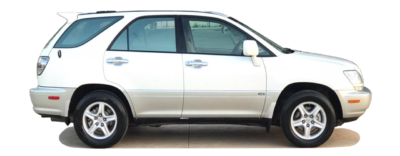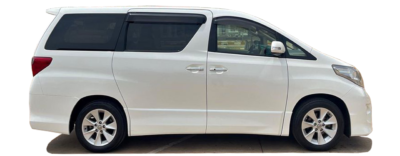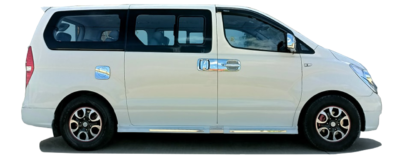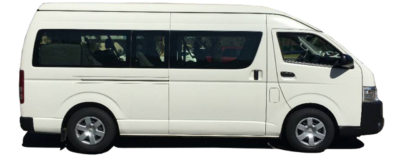CAMBODIA TAXI
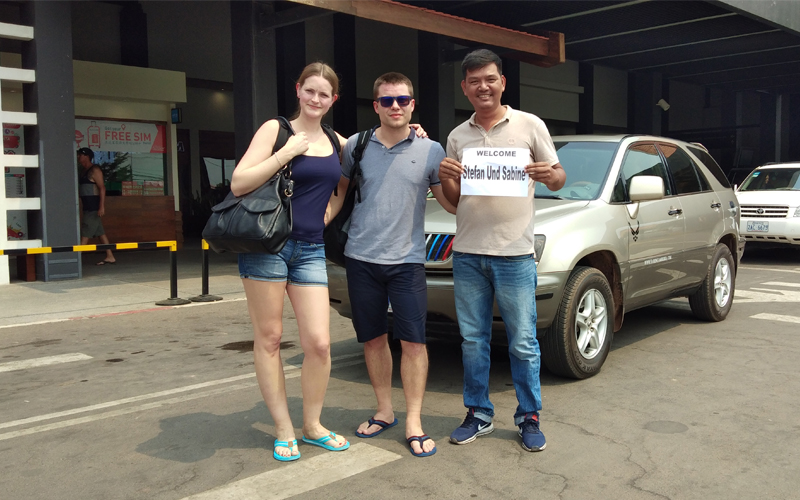
Cambodia Taxi offering daily private mini VIP transport for sightseeing tour (DAY TOURS / MULTI-DAY & EXTENDED TOURS), and Long Distance (PICK UP DROP OFF) by the good condition of (A/C SUV, Minivan, Van and Minibus) comfortable and convenient ride, for the most popular routes to/from Siem Reap – Battambang – Sihanoukville – Phnom Penh – Mondulkiri – Ratanakiri – Kratie – Kampot – Kep – Koh Kong and other provinces, cities and the border of Thailand – Laos – Vietnam. We all speak English and fully licensed drivers.
Over 10 years of experience in doing this job, we knew the road conditions quite well and have brought our guests to their destinations comfortably and safely.
Book our private taxi to around the country with 25 provinces cities and borders, would save a lot of time and money and see a lot of things along the way, and enable for the stop for foods, rest-room, or photo shooting opportunity.
About Cambodia Transportations
The civil war and neglect severely damaged Cambodia’s transport system. With assistance from other countries, Cambodia has been upgrading the main highways to international standards and most are vastly improved from 2006. Most main roads are now paved.
Cambodia has two rail lines, totalling about 612 kilometres (380 miles) of single, one-metre (3-foot-3-inch) gauge track.The lines run from the capital to Sihanoukville on the southern coast. Trains are again running to and from the Cambodian capital and popular destinations in the south. After 14 years, regular rail services between the two cities restarted recently – offering a safer option than road for travellers.Trains also run from Phnom Penh to Sisophon (although trains often run only as far as Battambang). As of 1987, only one passenger train per week operated between Phnom Penh and Battambang but a US$141 million project, funded mostly by the Asian Development Bank, has been started to revitalise the languishing rail system that will “(interlink) Cambodia with major industrial and logistics centers in Bangkok and Ho Chi Minh City”.
Besides the main inter-provincial traffic artery connecting Phnom Penh with Sihanoukville, resurfacing a former dirt road with concrete/asphalt and bridging five major river crossings have now permanently connected Phnom Penh with Koh Kong, and hence there is now uninterrupted road access to neighbouring Thailand and its road network.
Cambodia’s road traffic accident rate is high by world standards. In 2004, the number of road fatalities per 10,000 vehicles was ten times higher in Cambodia than in the developed world, and the number of road deaths had doubled in the preceding three years.
Cambodia’s extensive inland waterways were important historically in international trade. The Mekong and the Tonle Sap River, their numerous tributaries, and the Tonle Sap provided avenues of considerable length, including 3,700 kilometres (2,300 miles) navigable all year by craft drawing 0.6 metres (2.0 feet) and another 282 kilometres (175 miles) navigable to craft drawing 1.8 metres (5.9 feet).
Cambodia has two major ports, Phnom Penh and Sihanoukville, and five minor ones. Phnom Penh, at the junction of the Bassac, the Mekong, and the Tonle Sap Rivers, is the only river port capable of receiving 8,000-ton ships during the wet season and 5,000-ton ships during the dry season.
With increasing economic activity has come an increase in automobile use, though motorcycles still predominate.[188] “Cyclo” (as hand-me-down French) or Cycle rickshaws were popular in 1990s but are increasingly replaced by remorques (carriages attached to motorcycles) and rickshaws imported from India. Cyclos are unique to Cambodia in that the cyclist sits behind the passenger seat.
Cambodia has three commercial airports. In 2018, they handled a record of 10 million passengers.[190] Phnom Penh International Airport is the busiest airport in Cambodia. Siem Reap-Angkor International Airport is the second busiest, and serves the most international flights in and out of Cambodia. Sihanouk International Airport, is in the coastal city of Sihanoukville.

